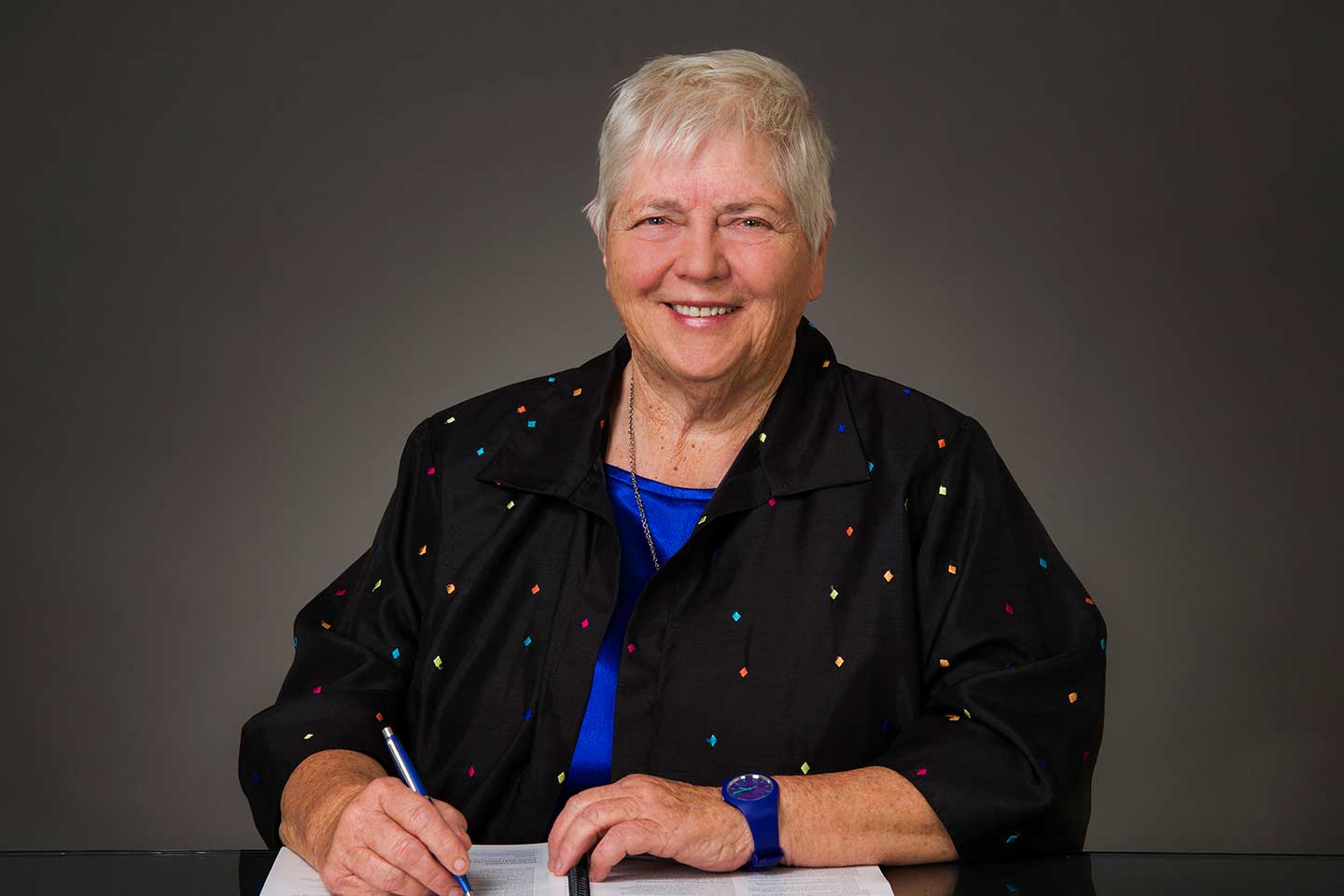
The State Government has sent a strong message to regional development bodies in WA that greater engagement with business and industry is critical for economic growth and the Peel Region has responded head-on with innovative initiatives to support investors.
Its new Chaperone Service aims to pair-up businesses interested in investing in Peel with individuals who are experts in their knowledge of the region and their professional fields, as a central contact point. These experts help new enterprises cut red tape, share important contacts and streamline investment that will boost the region.
It includes such practical help as showing clients suitable sites to establish new businesses and making in-person introductions.
Peel Development Commission chair Patricia (Paddi) Creevey(OAM) says the region should be proud of its high level of collaboration, particularly its unique Peel Alliance, bringing to the table the Peel Development Commission, Regional Development Australia, the five Local Government areas, the Harvey Catchment Council and Peel Community Development Group.
She explains the Commission sits in the space between State Government and industry, well positioned to assist potential investors and guide them through the many processes involved in turning a good commercial idea into reality.
In addition, because it has excellent relationships with Regional Development Australia Peel (a Federal Government body) and local governments, it works almost seamlessly with business and industry across all levels of Government.
The newest initiative to drive investment is the Invest Peel website, detailing the opportunities across the region in several broad growth areas like tourism, agribusiness, healthcare, equine, trails, general and light industrial. It also promotes the expert ‘Chaperones’ for the business support service.
“Gone are the days where you could say one regional development organisation knows it all,” Ms Creevey says.
“We’ve all got to work collaboratively and be on the lookout for opportunities where owners and operators are willing to invest in the regions.
“What we’re able to do with our Chaperone Service is save applicants time by making sure that the sequences are followed and making sure we introduce them to the right people in the various departments and make sure there are no unnecessary holdups.
“Obviously things have to comply, but experience has shown that the really big projects gaining traction across the country have been achieved when a point of contact has helped deal with all the processes.”
Ms Creevey says the State Government’s direction for regional economic diversification is demonstrated clearly through the Regional Economic Development (RED) grants, where funding is directed to local businesses and industry either starting up new enterprises or which are developing their existing business to employ more people.
Grant recipient Pinjarra Bakery for example, will use its funding to increase production and expand their wholesale market.
RED Grant funding totalling more than $2.4 million for the Peel region across 3 rounds has been awarded to 24 projects including fruit grower Capegreco Farms and Cays Engineering.
Ms Creevey says it is encouraging to see the Government backing local manufacturing as a key economic sector that would build a more resilient local economy.
She says perhaps nowhere is diversification more important than the Peel region which economically was one of the hardest hit by the COVID-19 pandemic because of its concentration of tourism, hospitality and construction operations.
That need for diversification is backed by the WA Regional Development Trust’s annual 2018-2019 report which outlined Transform Peel’s vision to transition Peel from a population driven domestic economy to an export trade economy, to keep pace with the region’s high population growth and reduce its high unemployment rate.
Key to that is the $49m Transform Peel program made up of three components; the Peel Business Park in Nambeelup being developed by the State Government’s land development agency, DevelopmentWA; the Peel Agri Food Study by the Department of Primary Industries & Regional Development, and the Peel Integrated Water Initiative delivered by Department of Water and Environmental Regulation.
Among top achievements for the Transform Peel Program in 2019-2020 were:
- the Peel based Wormall Civil winning civil works contracts worth some $27 million representing 94 per cent of construction works awarded to-date.
- the delivery of Australia’s first renewable energy industrial microgrid, an innovative solution to the high cost of extending the mains grid into the estate, which has sped up delivery of the development and offers renewable energy at a lower cost compared to regulated bundled tarrffs.
- the first stage of Peel Business Park also being home to an $18 million purpose-built facility with the Fire and Emergency Service’s Bushfire Centre of Excellence.
Delivered by the Shire of Murray as part of Stage 1 of the Peel Business Park, the Western Australian Food Innovation Precinct (WAFIP) will play a transformative role for WA food manufacturing by fostering industry innovation to drive growth and export.
Made possible with funding from the Australian Government’s Regional Growth Fund, the state-of-the-art facility and first of its kind for the Western Australia, will offer value adding opportunities for premium and functional food product development, to enable scale up and export potential to boost competitiveness in national and international markets.
Growers, producers and industry leaders will network, undertake commercial research and development, prototype and market test food products derived from Western Australian primary produce.
Ms Creevey says more investment in the region will result in two things.
“It will make sure people have jobs and secondly, make sure we are diversifying our economy, which really is so important as we look to the future, and for this region in particular it is critically important.”






